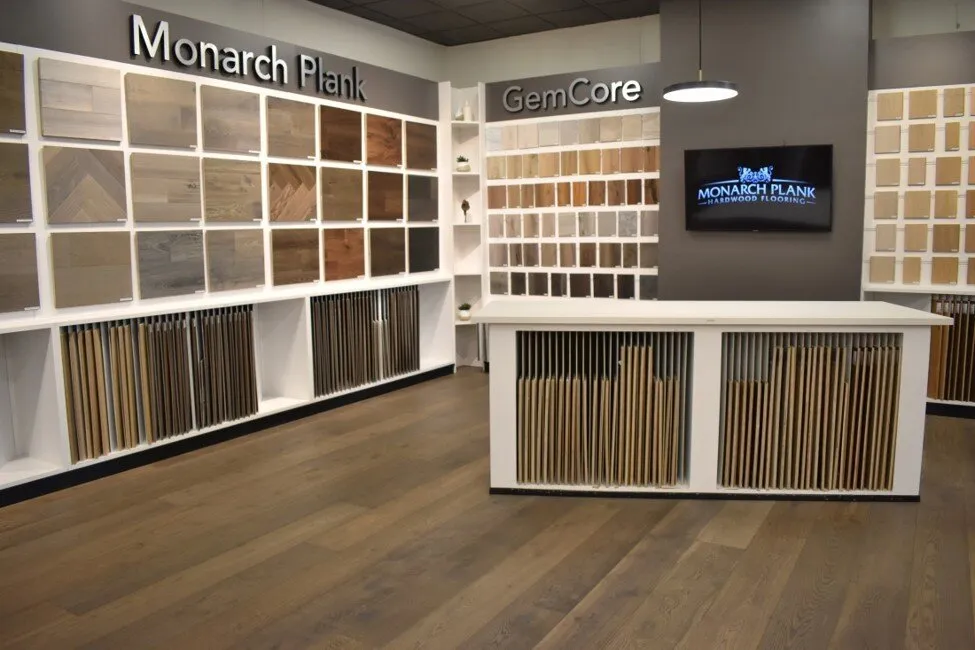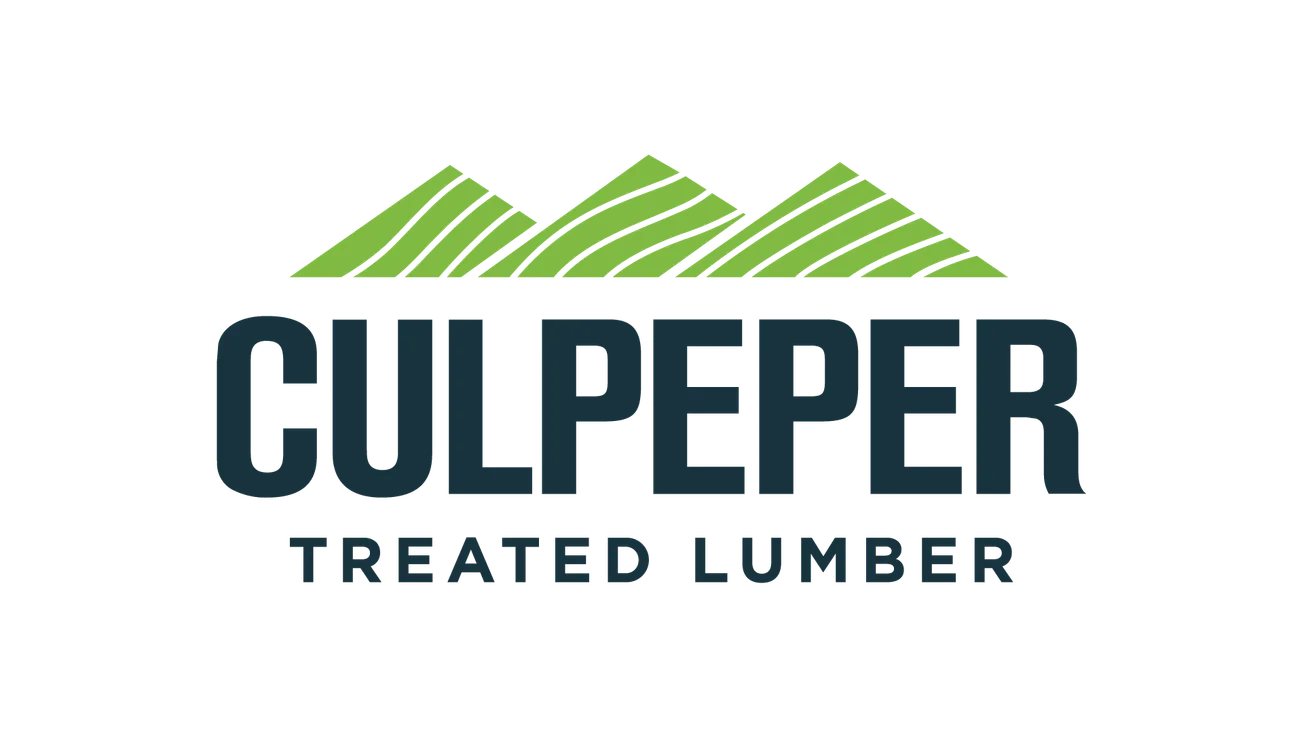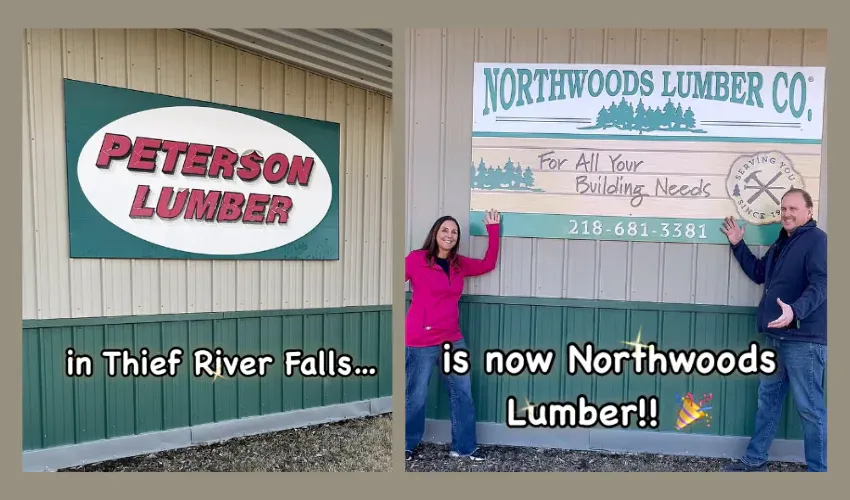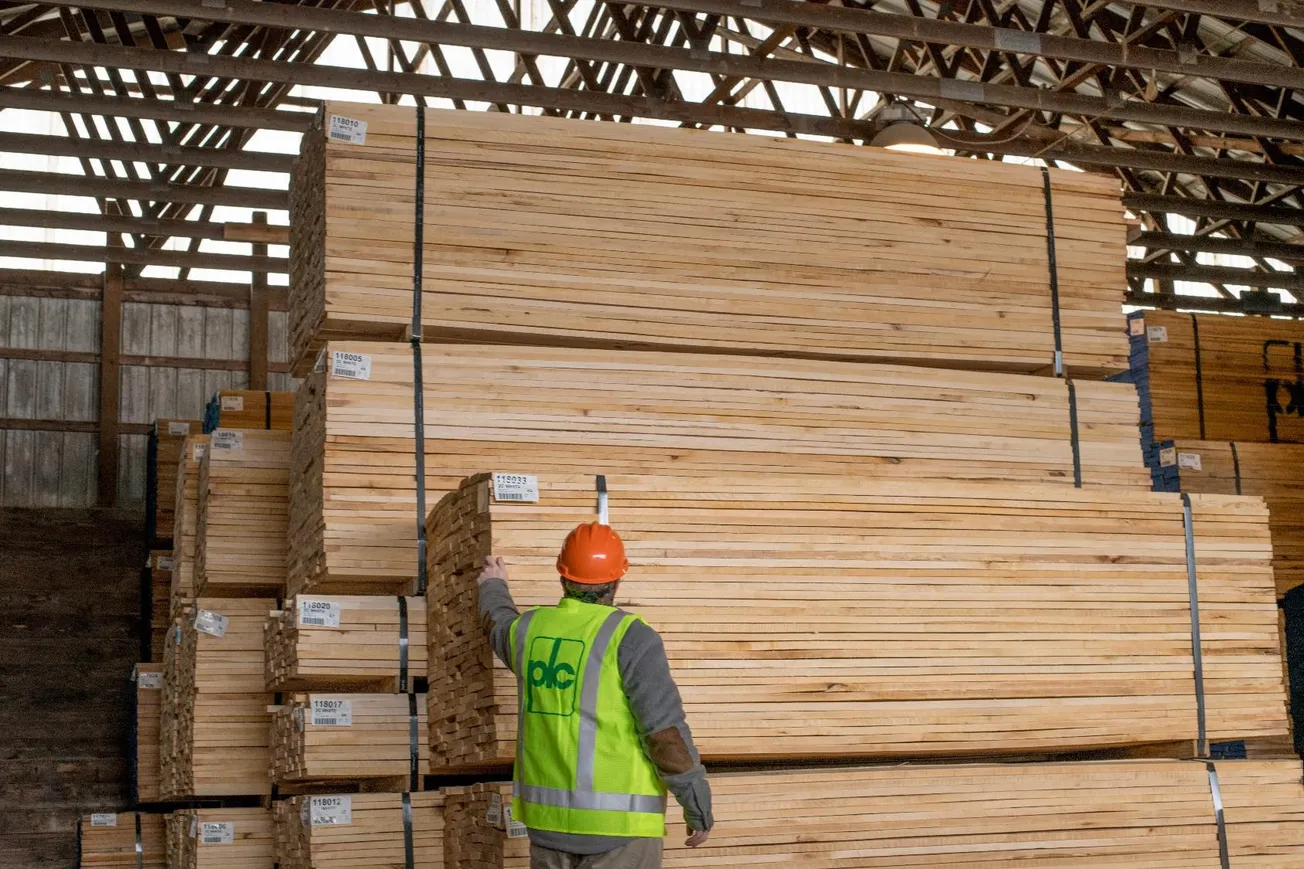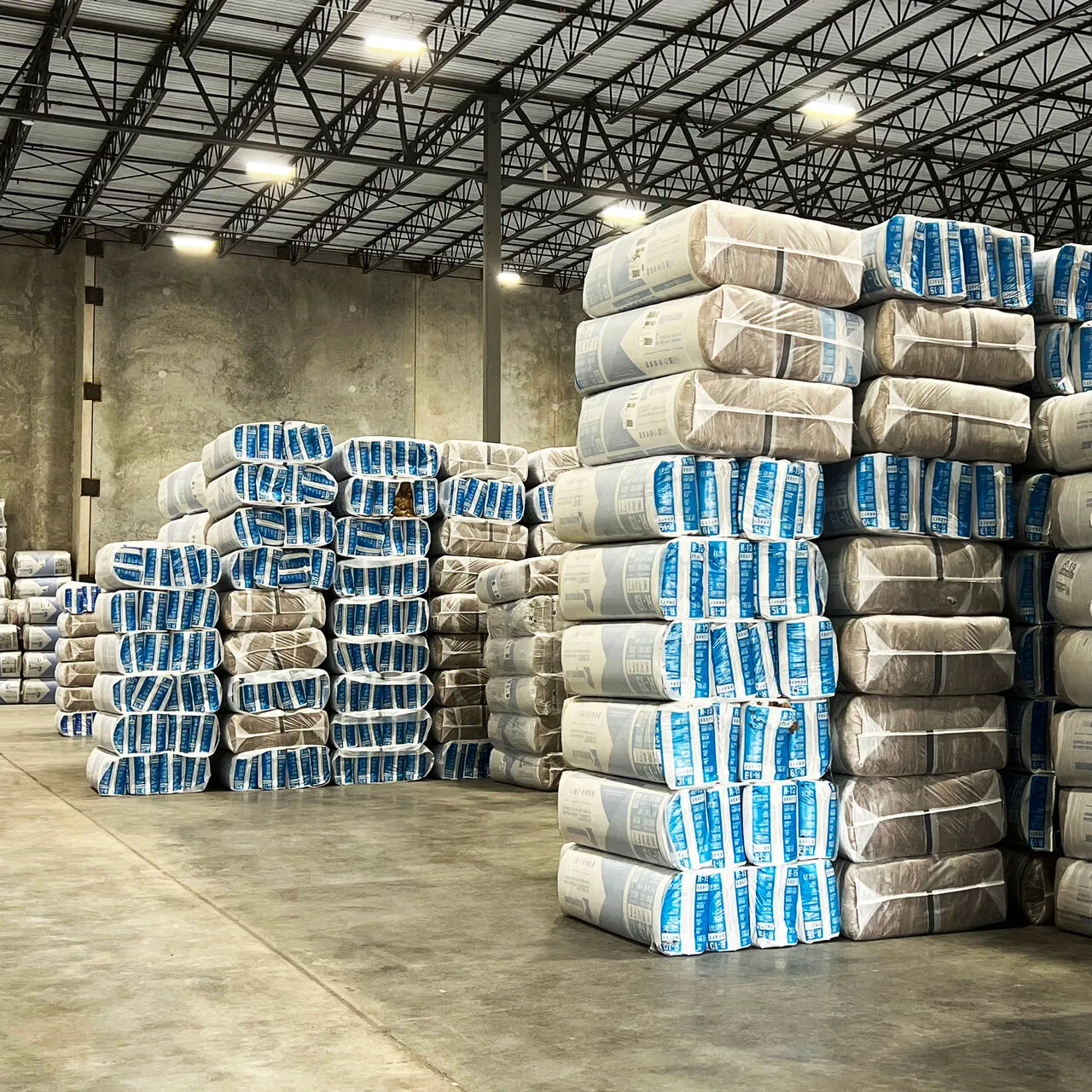Table of Contents
Hey, Siri,” “Okay, Google, can you find …,” or “Alexa, can you help me with ….”
These voice commands along with others have changed the way the world researches and makes decisions. The rise of Social Media and having the world at your fingertips (or voice command) gives consumers so many avenues of influence it has become more difficult to navigate exactly how to get your message out and on the minds of buyers.
When consumers, armed with knowledge affected by the Internet, walk down the lumber aisle, how can your voice guide them to what they need to make their project a success?
“It all starts before the consumer walks through the door,” explains Chad Sanders, Lowe’s divisional merchandise manager-lumber. “The key is to get in front of the consumer during the decision-making process. This helps get that buyer into your retail location.”
Chad says that Lowe’s has been effective at marketing to consumers and contractors through television and radio advertising as well as making good use of Internet presence through targeted advertising, social media, and their website.
A good website is important. According to a recent study commissioned by wood preservative manufacturer Lonza Wood Protection, 86% of professionals specializing in building with preservative treated wood do some research prior to purchase. More than 40% of those professionals get their information from store/retailer websites.
“Not only should your website be clear and easy to navigate,” said Matt Roughen, head of marketing North America for Lonza Wood Protection, “it should also provide information that is easy for pros and consumers to digest. And, it should have links that will add credibility and additional resources for your potential customers.”
The decision-making process usually does not have just one stop for consumers. So, what other avenues do buyers use to gain knowledge before making a purchase? They rely on store associates, manufacturer websites, search engines, and trade publications, to decide what preserved wood they need for their project.
“Knowing that consumers rely heavily on in-store guidance, retailers should arm their associates with the education to help both DIYers and contractors make informed decisions (or purchase the appropriate materials for each project) in the lumber aisle,” says Chad. Lowe’s utilizes a variety of training tools, including an extensive video training program that helps its associates learn about treated wood.
“Because 42% of DIYers and 38% of pros depend on store associates, it is important to arm those associates with in-aisle materials they can quickly reference,” Matt adds. “Standard in-aisle resources are tear pads, banners and FAQ cards. While providing technical data is good, it is really important to make sure the information provided is useful and helps the associate sell.”
Often, even when consumers do their research ahead of time and know what they want before they get to their retailer, they still want help and reassurance before making a purchase. “So, associates should be ready to answer a question like ‘can I use pressure treated wood for my raised bed garden?’” Matt says. “The answer is yes, by the way; and the associate in the lumber aisle should be able to answer that question with confidence.”
Other frequently asked questions associates hear in the lumber aisle include:
- What is the difference between Above Ground treated wood and Ground Contact treated wood and what is the proper use of both?
- What kinds of preservatives are used?
- Will the pressure treated wood last?
- And, can I paint or stain my project?
“With the proper training and in-aisle tools, associates can answer all of these questions letting the pro and the DIYer know they have come to the right place to buy treated wood for their project,” says Matt.
He goes on to add that when consumers leave the retail location with a sense of satisfaction and confidence in their purchase, they are more likely to return for future purchases and refer friends and neighbors to also shop that particular location.
“The real take-away,” according to Chad, “is that a knowledgeable sales associate yields a confident buyer, which leads to a better bottom line and repeat customers.”





